Plahvatuskindel LED tööstusvalgusti ATEX II 150cm 53W 4000K
7-14 päeva
Plahvatuskindel LED tööstusvalgusti ATEX II 150cm
269,00 €
Price without 24% VAT: 216,94 €
LED tri proof luminaires ATEX II 150cm, 53W, IP66, neutral white
Article number 115764
Dimmable No
Luminous flux in lumen 7280 lm
Beam angle 120
Special features 5-pole through-wired, EN 2014/34/EU ATEX II 3G Ex nR IIC T6 Gc, EN 2014/34/EU ATEX II 3D Ex tc IIIC T85°C Dc
Color temperature 4000K
CRI (RA) value 80
Nominal voltage 220 – 240 V AC
Rated power in Watt 53 W
Energy efficiency class E
Protection class IP66
max. ambient temperature in °C -25°C – 55°C
Length in mm 1572,0
Width in mm 145,0
Height in mm 111,0
Housing material Plastic
Guarantee in years 5
Lifetime L70|B10 53000
Housing color white
fire hazard areas No
Outdoor No
ATEX – Explosion protection
Explosive zones
A lamp designed for use in environments with a risk of explosion
In the chemical industry, you most often encounter an environment in which there is a risk of explosion. There is an increased risk of explosion when handling flammable chemicals . Such a risk may exist permanently or temporarily. In some cases, the creation of an explosive environment can only be expected exceptionally, for example in the event of an unexpected release of a flammable substance. Chemical plants and refineries are therefore divided into explosion zones. These may vary in different places. According to the degree of impending explosion risk, environments are classified into zones. The designation of zones is distinguished separately for explosive gases and vapors and separately for explosive dusts. Special environments with a risk of explosion include mining mines with the risk of a mine gas explosion.
Explosive zones for gases and vapors
The lamp is suitable following zones exist for explosive gases and vapors :
Zone 2
This is an environment in which there is only a small risk of an explosive atmosphere . Under normal operating conditions, the formation of an explosive environment cannot be expected, but this can occur, for example, in the event of an unexpected release of a flammable substance. In general, environments in which there is a risk of creating an explosive environment for a maximum of 10 hours per year are classified as zone 2.


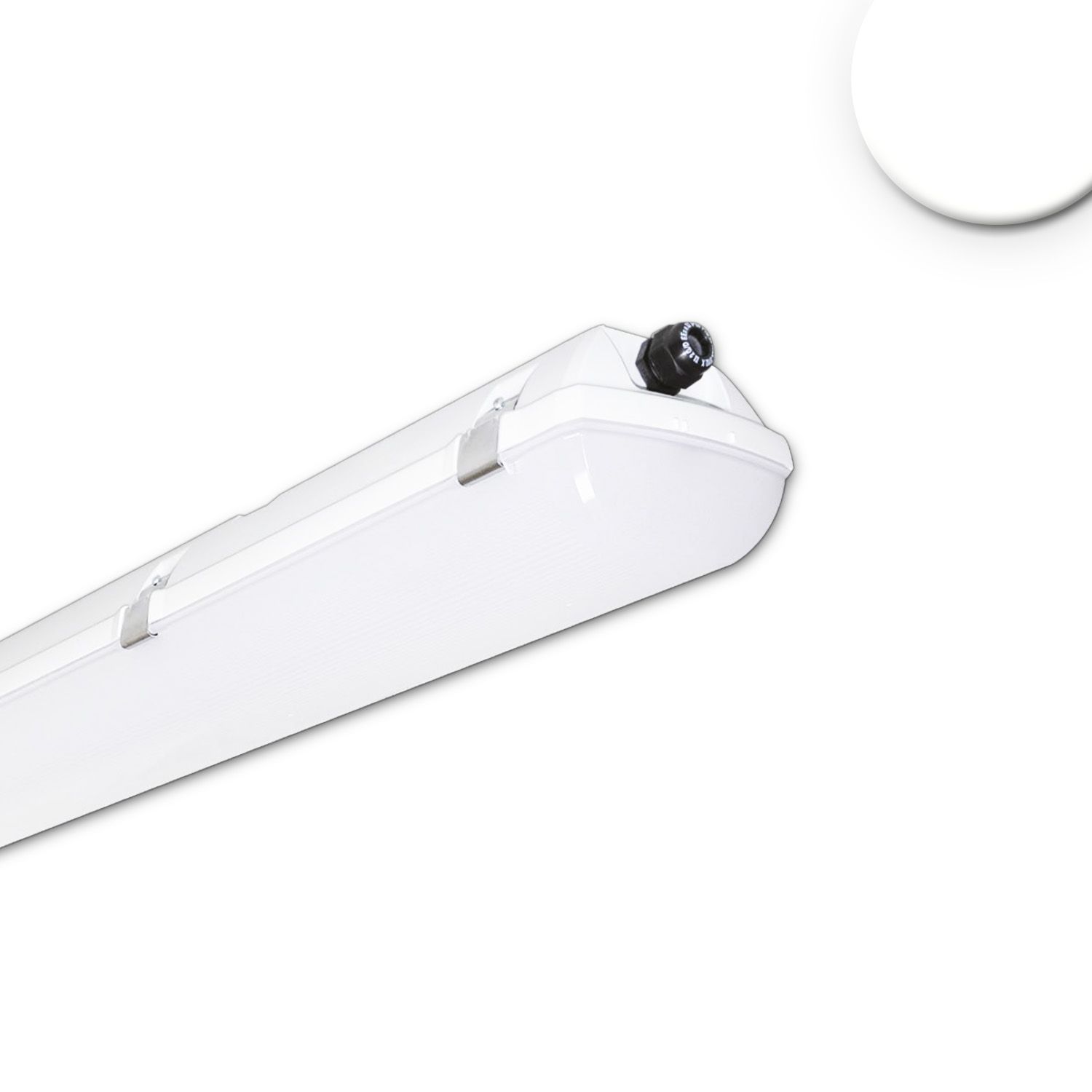

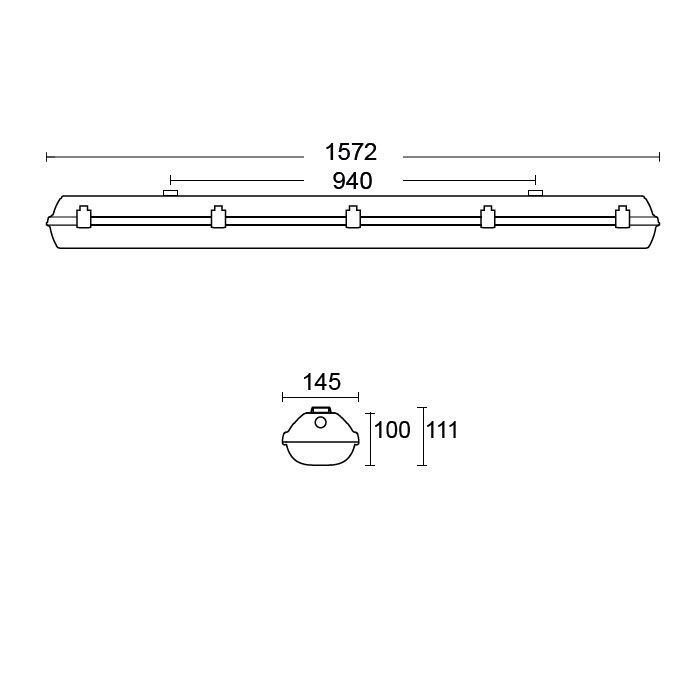



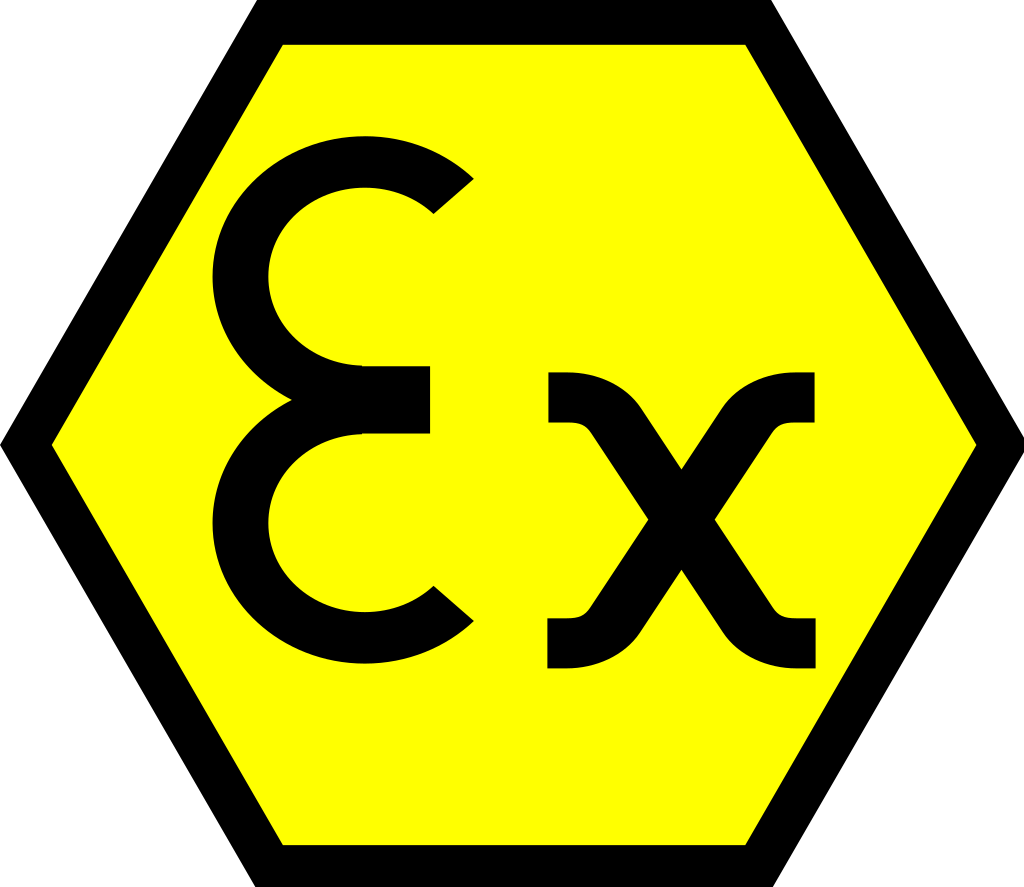

















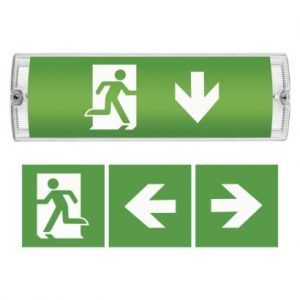

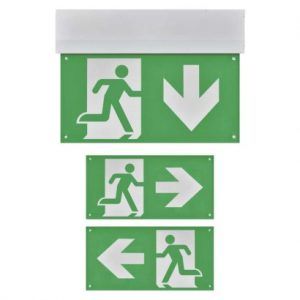


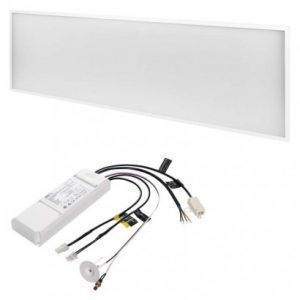



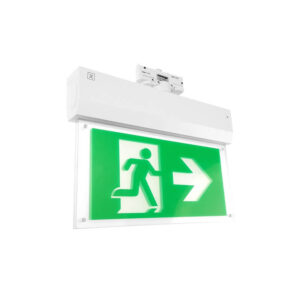
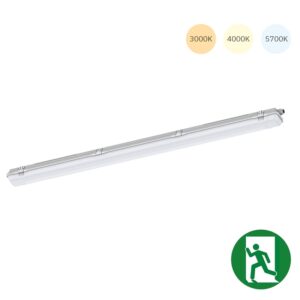


Arvustusi pole veel